Three spotted Skipper
Phaon Crescent
Atala Butterfly
Great Southern White
Pearl Crescent Butterfly
Gray Hairstreak
Eastern Black Swallowtails
Black Swallowtail (Eastern)
Eastern Black Swallowtails, Papilio polyxenes, are also known as American swallowtails. They are commonly found throughout Florida in gardens, along the sides of roads, in pastures, and in parks. Three or more generations are produced each year.
A female black swallowtail lays a single yellow egg on a host plant in the carrot family. The caterpillar is green with black stripes and yellow spots. If parsley or dill was chosen as the host plant, the hungry parsley caterpillar will devour the plant in your garden.
Zebra Swallowtail Butterfly
Zebra Swallowtail Butterflies, Protographium Marcellus, can be found in scrubs, along waterways and roadsides, and near forests, With a wingspan of 2 1/2 to 4 inches, prominent black and white zebra stripes, long black tails bordered with white, and a red median stripe, these beautiful native butterflies are hard to miss.
Consider planting the butterfly’s larval host plant, a Pappaw tree, in your garden to attract Zebra Swallowtail Butterflies to your outdoor space.
Viceroy Butterfly
White Peacock
White Peacocks, Anartia jatrophae, are common butterflies found on roadsides, near the edges of ponds and wetlands, and in fields and parks with low growing vegetation. They can be seen year-round flying low to the ground where their favorite low-growing nectar plants thrive.
White Peacocks lay a single egg on or near a host plant such as frogfruit or water hyssop. They live for about 4 months and their wingspan reaches 2 – 2.75 inches.
Cloudless Sulpher
Cloudless Sulpher
Cloudless sulfurs, (Phoebis sennae), live in Florida year-round. These beautiful, bright yellow butterflies are hard to miss with their wingspans of 2 – 3 inches. Look for them in sunny, open areas such as along roadsides and in pastures, fields, and meadows.
Cloudless Sulfurs can be seen in large numbers during the fall migration season. Many spend their winters in Florida south of Gainesville. Nectar plants include red morning-glories, scarlet creeper, and cypress vine, scarlet sage, and Salvia. Cloudless Sulfurs prefer various species in the pea family as host plants where females lay a single egg.
Hidden Waters Preserve
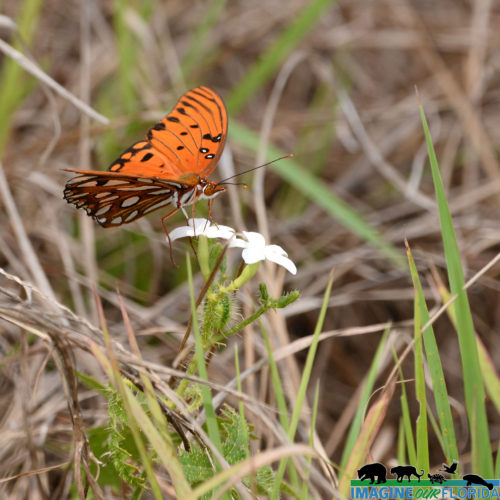
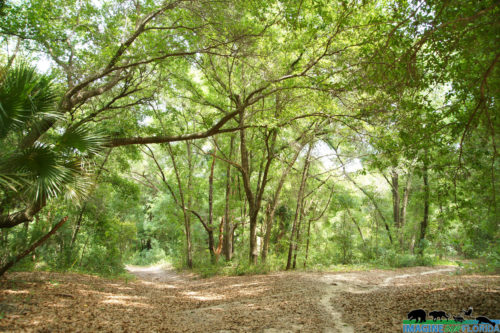
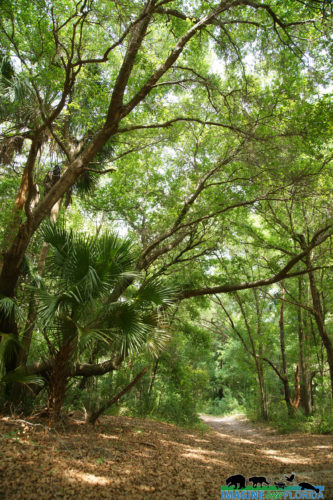
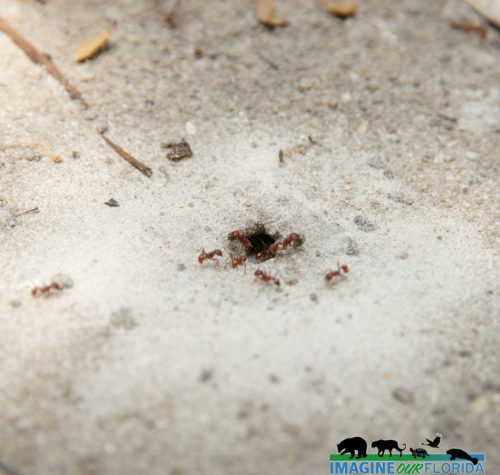
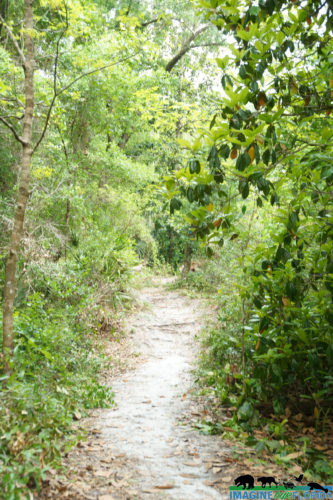
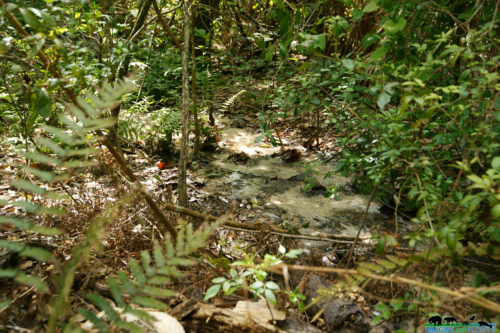
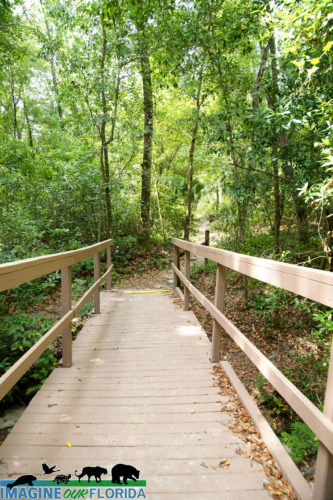
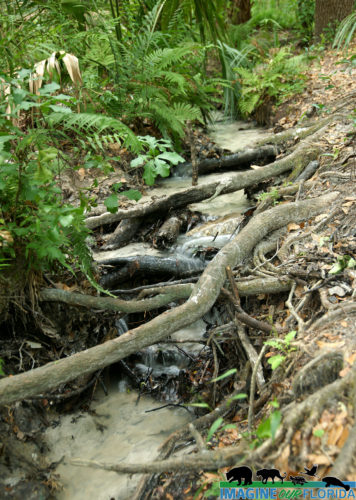
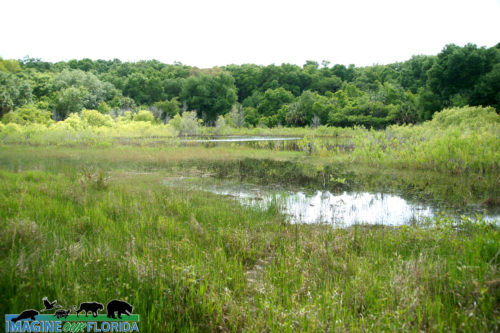
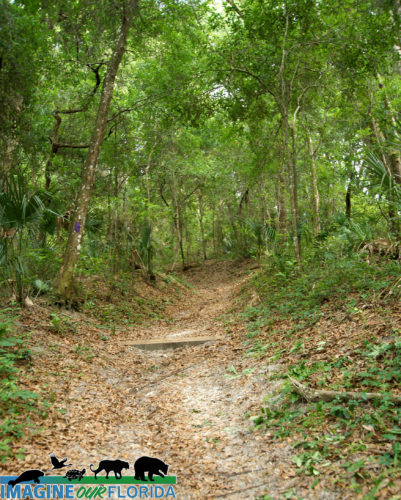
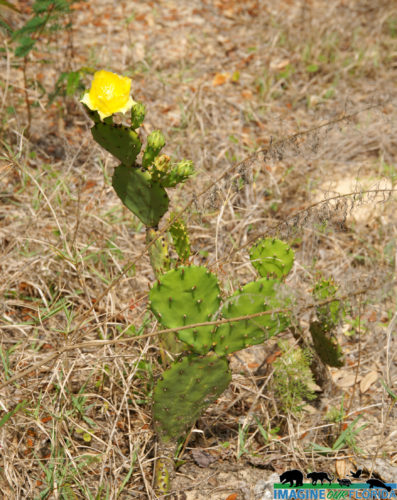
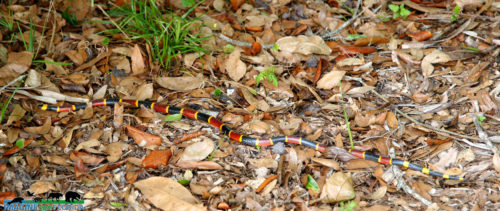
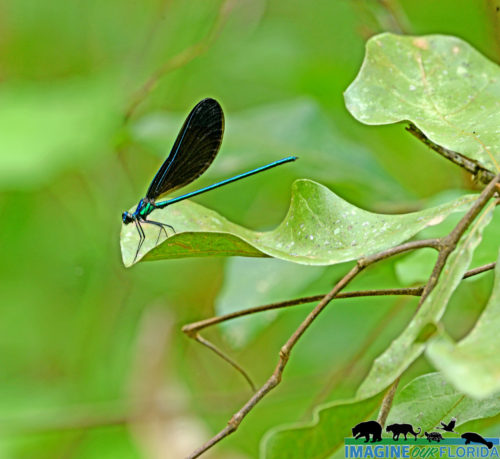
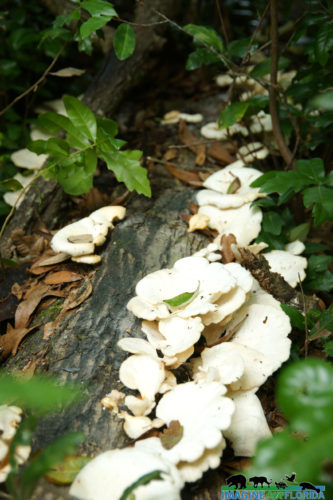
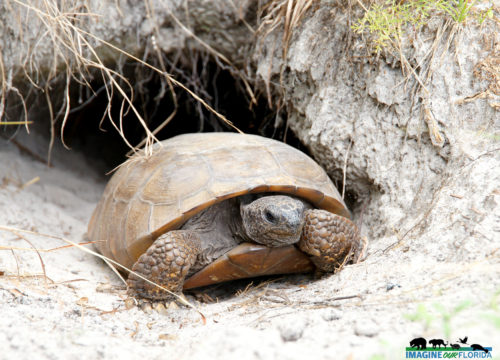
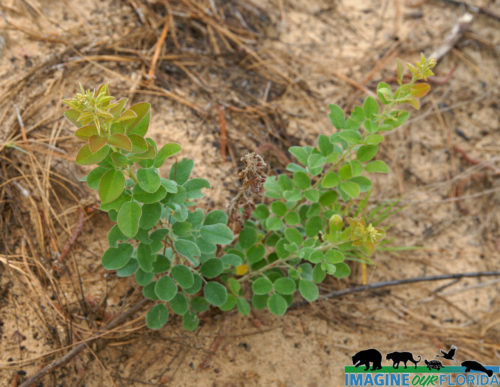
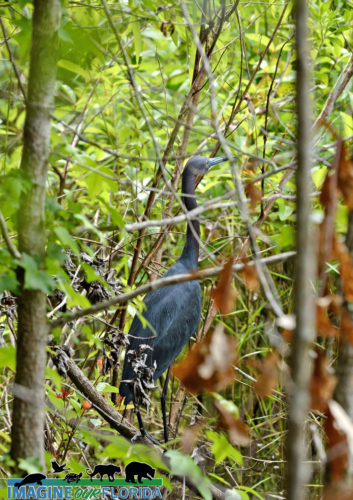
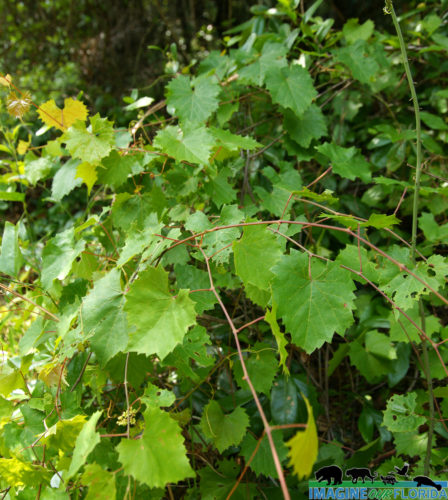
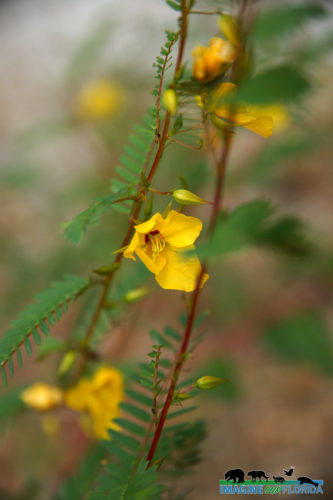
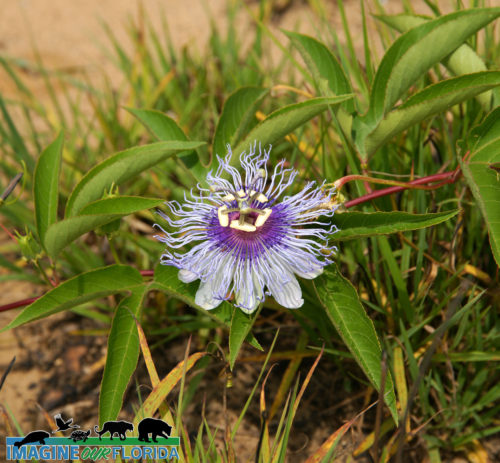
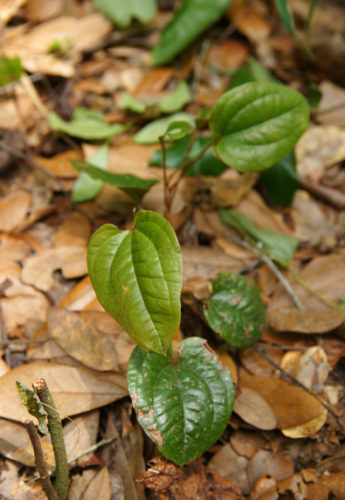
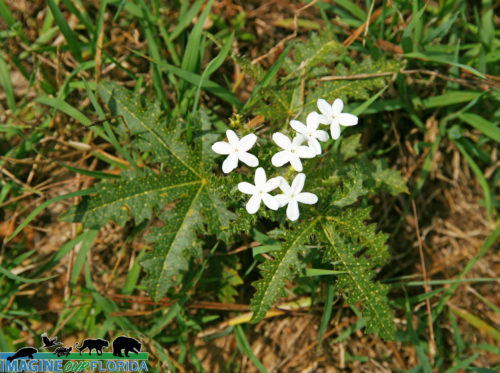 Once known as the Eichelberger Sink, this 90-acre preserve located near Eustis is managed by Lake County Water Authority. Hidden Waters Preserve was established in 1996 to protect the water seepage and Lake Alfred where water slowly seeps into the aquifer.
Once known as the Eichelberger Sink, this 90-acre preserve located near Eustis is managed by Lake County Water Authority. Hidden Waters Preserve was established in 1996 to protect the water seepage and Lake Alfred where water slowly seeps into the aquifer.
Hidden Waters Preserve offers 6 trails ranging from 2 miles to 15 miles. Hike the meandering paths through sandhill restoration areas. Notice the newly planted Long-leaf pines and the gopher tortoises who make their burrows there. Water flowing from a seepage slope offers the opportunity to discover various plants and ferns.
The elevational difference between the top of the sink and the bottom is 110 feet. Explore the depression marsh and lake at the bottom of the sink where you will find a variety of plants and wading birds. Bird watchers will be happy to discover some of the more than 35 birds on this designated FWC Statewide Birding Trail.
For more information and trail maps click here: https://www.lcwa.org/land_resources/open_preserves.php
Photo Credit: Dan Kon
Butterfly Weed
Butterfly weed, Asclepias tuberosa, is also known as Butterfly milkweed. It is the most popular native species of milkweed in Florida. This hardy perennial grows 1-2 feet tall and is abundant throughout Florida. Its bright orange flowers bloom in late summer through fall and attract a variety of pollinators.
Butterfly weed is readily available at native plant nurseries. Once established, it thrives in dry, sandy soil in sun or part shade. Monarchs rely on milkweeds in the genus Asclepias for their survival since it is the only plant monarch caterpillars will eat. Plant some in your wildflower garden to attract butterflies, bees, and hummingbirds.
Crandon Park – Key Biscayne
Located on the barrier island of Key Biscayne, Crandon Park is a hidden gem just waiting to be explored. Connected to the mainland by a causeway, Crandon Park was acquired by Miami-Dade County from the heirs of Commodore William John Matheson in 1940. The gift came with the stipulation that the land must be used as a public park, and in 1947, Crandon Park was ready to receive its first guests.
Crandon Park is a nature lover’s paradise. Its unique fossilized mangrove reef, two and a half miles of state historic highway, protected wetlands, estuaries, coastal hammocks, Great Florida Birding and Wildlife Trails, and spectacular shoreline provide countless opportunities to be engulfed in nature.
The earliest known inhabitants of Crandon Park were the Tequesta Indians. Hurricane Andrew exposed three archaeological sites, one of which appears to indicate the sites of poles used by the Tequesta as supports needed for their thatched homes. In 1513, Juan Ponce de León included Key Biscayne in his chart of The New World.
Commodore William John Matheson purchased 1700 acres of land in Key Biscayne in 1908, which later became Crandon Park. He used the land to build a coconut plantation and introduced the Malay Dwarf coconut, now the most common coconut in Florida. In 1948, the Zoological Gardens were established on the southern 53 acres of Crandon Park. By 1967, Crandon Park was renowned worldwide for the first successful birth of an Aardvark. The Park also successfully watched over the birth of two Indian elephants and, in 1973, the hatching of two Southern Bald Eagles.
Today, Crandon Park is a Nature Lover’s delight. Wildlife freely roams in and out of the doorless zoo structures. Saunter on one of the nature trails and visit the Nature Center. Look for shorebirds, songbirds, hawks, butterflies, wild plants, coontie, and beach peanut. Bike through the Key Biscayne Archaeological Zone on a designated path. Immerse yourself in an EcoAdventure where you can bike, hike, or learn about Sea Turtles.
Soak up the sun at the two-mile beach, bring your snorkel, and explore the underwater living world. Launch your boat, kayak, paddleboard, wakeboard, or kiteboard. The internationally known Crandon Marina offers a dive boat operation. Enjoy a round of golf or a game of tennis. Bring a picnic lunch to enjoy in a Pavillion, eat at one of the restaurants or concession areas, or rent a cabana for a family get-together. A boardwalk to the fossilized reef and wheelchair beach accessibility is provided.
For more information: http://www.miamidade.gov/parks/crandon.asp
Photo Credit: Ileana Rodriguez-Ramirez
Ceraunus Blue Butterfly
Take time to stop and look at the little things.
With a wingspan of only 1 to 1 3/16 inches, the Ceraunus Blue Butterfly (Hemiargus ceraunus fabricius) is easy to overlook. This tiny butterfly is commonly found flitting just above the vegetation in sunny habitats, including parks, scrubs, along roadsides, and your Florida landscape.
Look for the prominent orange-rimmed black marginal spot on the hindwing. Females are usually a darker blue. Tiny blue eggs are laid on the flower buds of herbaceous legumes. The host plant provides food for the larvae with flowers, buds, and new growth. Multiple generations are born each year.
Cassius Blue
Cassius Blue (Leptotes cassius) is a common but beautiful little butterfly. It can be found in scrubs, open fields, or residential areas. They lay their eggs on flowers rather than leaves. Larvae feast on the leaves and seeds. They are small butterflies and can often be mistaken for a dried leaf. This little one was resting on a Simpson stopper and enjoying the sun.
Florida Leafwing
The Florida Leafwing (Anaea troglodyta floridalis) is native to Florida. It can be found in the pine rocklands of Florida. The Leafwing was once found throughout Miami -Dade, and Monroe counties. This imperiled butterfly is now found in only one place on Earth, the Everglades National Park. The causes of its decline are the destruction of pine rockland habitat, the introduction of exotic plants and insect species, fire suppression, the use of insecticides for mosquito control, and collecting.
When in flight, the Florida leafwing’s upper side of its wings is red or bright orange. At rest, the lower side of the wings are visible and are brown or gray, which makes the butterfly look like a dead leaf. The front wing is slightly hooked, and the back wing has a pointed tail. Its dead leaf coloration is effective camouflage in its rockland habitat. A leafwing’s wingspan is between 3 to 31/2 inches wide.
Eggs are laid on the leaves of the host plant so caterpillars can eat the leaves. Young caterpillars will make a resting perch from a leaf vein. The older caterpillars live in a rolled-up leaf.
Florida leafwing caterpillars feed only on pineland croton (Croton linearis), its larval host plant. This shrub grows in the understory of pine rockland habitat. Leafwings are dependent on the health of their host plant. The croton and other plants in the pine rockland are dependent on fire to maintain an open rockland where it reduces the competition and infestation of non-native species.
The Florida Leafwing is federally endangered. Scientists at the Everglades National Park are working with conservation groups to ensure that the endemic Florida leafwing does not disappear into extinction.
Photo credit: USFW
Schaus’ Swallowtail
The Schaus’ Swallowtail (Heraclides aristodemus ponceanus) is a large black and yellow butterfly endemic to Florida. This butterfly is found only in Florida and is restricted to intact tropical hardwood hammocks.
The Schaus’ swallowtail was listed as a federally threatened species on April 28, 1976. It was reclassified as a federal endangered species on August 31, 1984. Population estimates range from 800 to 1200 individuals. It remains the only federally listed butterfly in Florida.
Once ranging from the Miami area south through the Florida Keys, the Shaus’ swallowtail is currently restricted to only a few remnant tropical hardwood hammock sites on the south Florida mainland, northern Key Largo, and several small islands within Biscayne National Park. Adults fly slowly and leisurely and are very adept at flying through the dense hardwood hammock.
Adults have a wingspan range of up to 2.3 inches with females being the largest. Males have yellow-tipped antennae. Their wings’ upper surface is black with a row of yellow or white spots and a broad yellow or white band. The hindwing tails are outlined in yellow. The undersides of the wings are yellow with brown markings and a broad blue and rust-colored band.
The Schaus’ swallowtail produces one generation each year from April to July with the peak time occurring typically from mid-May to mid-June. Adult emergence and reproduction are correlated with the beginning of the Florida rainy season. However, the pupae may remain in diapause for more than one year if optimal weather conditions are not present. Females lay green eggs singly on new growth. The developing larvae then feed on the young growth.
Listed as an endangered species, threats to the remaining population include the loss of genetic diversity due to inbreeding, climate-related impacts such as drought, habitat disturbance from fire, tropical storms or hurricanes, mosquito spraying, and loss of habitat. Hurricane Andrew left behind only 73 butterflies in 1992 after sweeping through the butterflies’ home range. Because their habitat is limited, it is possible that a single hurricane can make the Schaus’ Swallowtail extinct. However, the protected status and their rebounding numbers after Hurricane Andrew bring renewed hope that this gorgeous butterfly will survive and thrive in our beautiful state.
Photo credit:entnemdept.ufl.edu
Old Miakka Preserve
Old Miakka Preserve
Named after a settlement in the 1840s, Old Miakka Preserve contains four miles of trails, including scrub habitat, pinewood flatwood, and wetlands. The preserve is abundant in flowering plants with numerous pollinators and occasional gopher tortoises. One of the trails is named after Horticulturalist Tim Cash, who spent years studying plants within the preserve. If you are looking for a calm trail with lots of sunshine and flowers, visit Old Miakka Preserve in Sarasota, FL.
For more information: https://www.scgov.net/Home/Components/FacilityDirectory/FacilityDirectory/547/4327?cftype=FacilityDirectory
Photo credit: Aymee Laurain

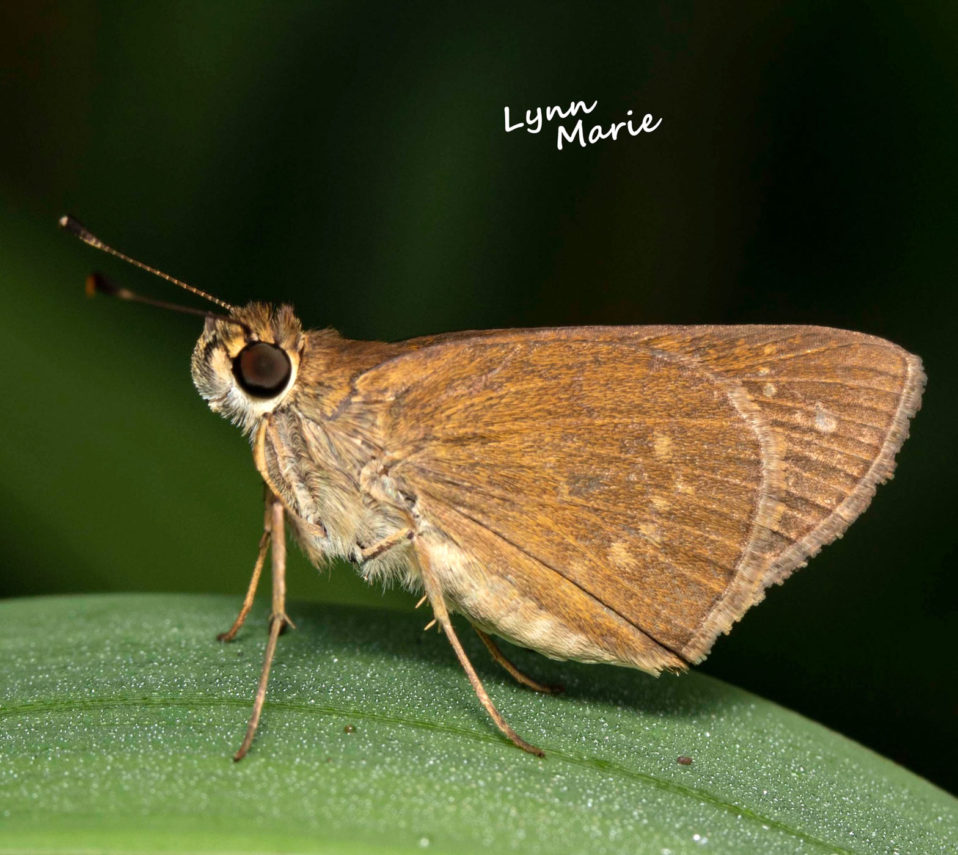
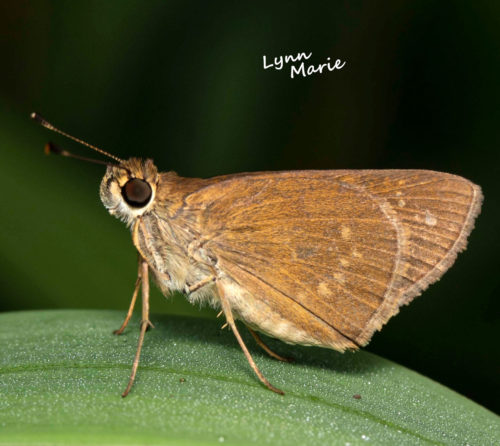
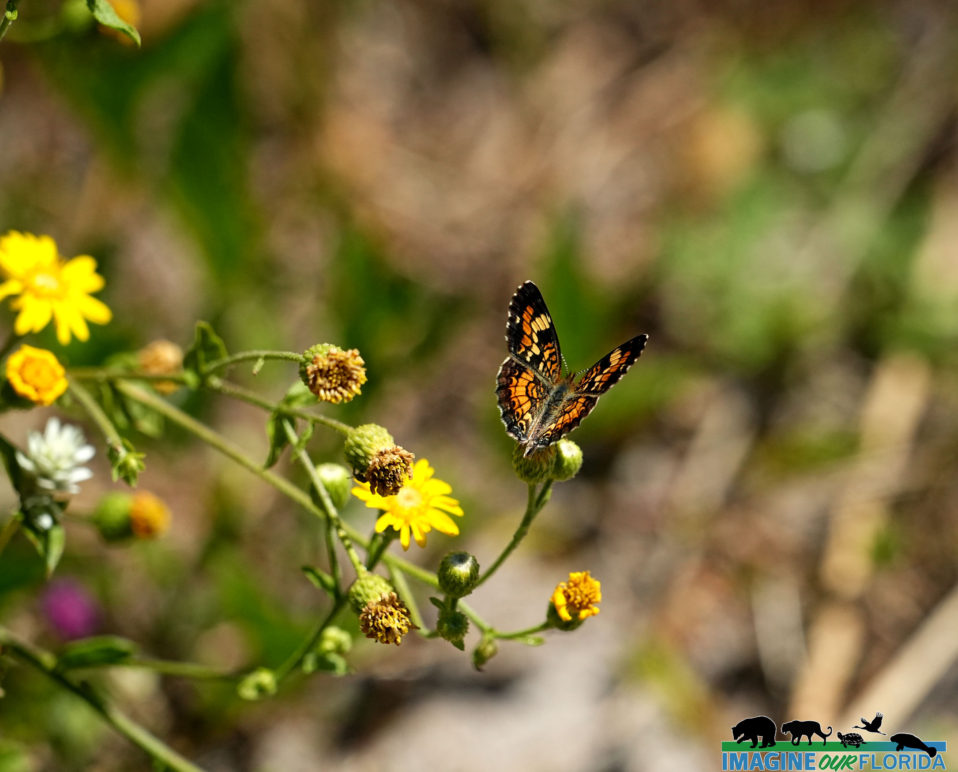
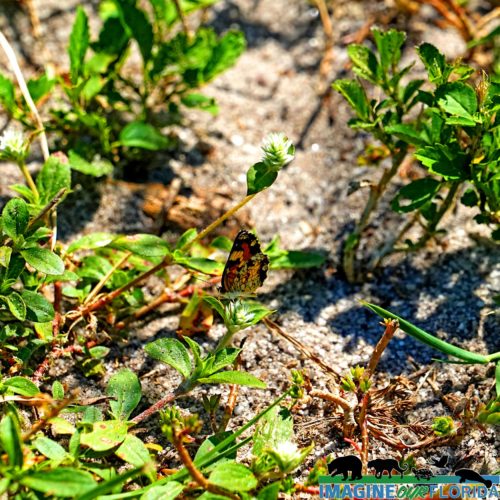
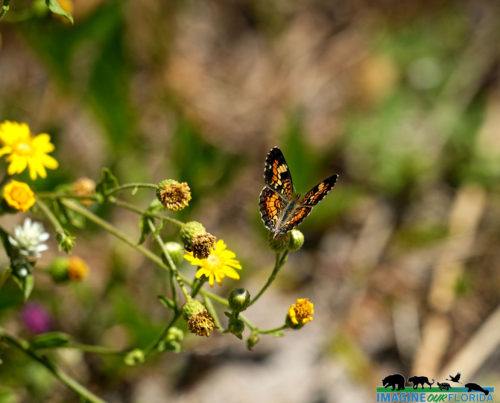
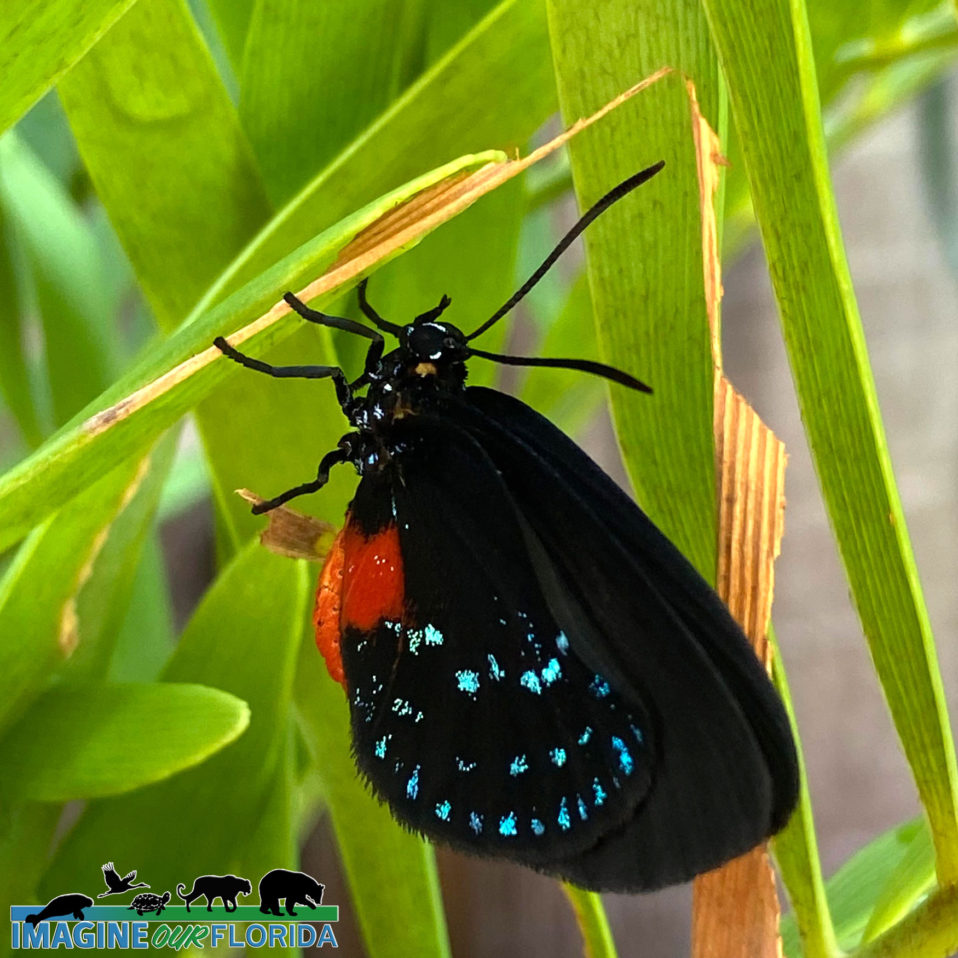
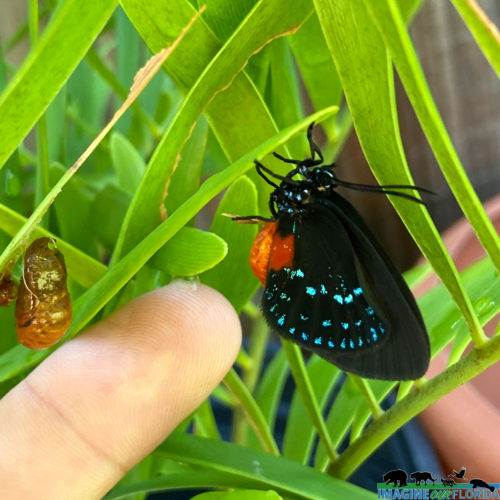
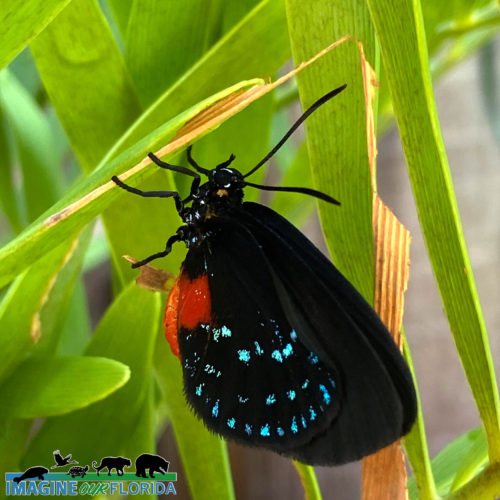
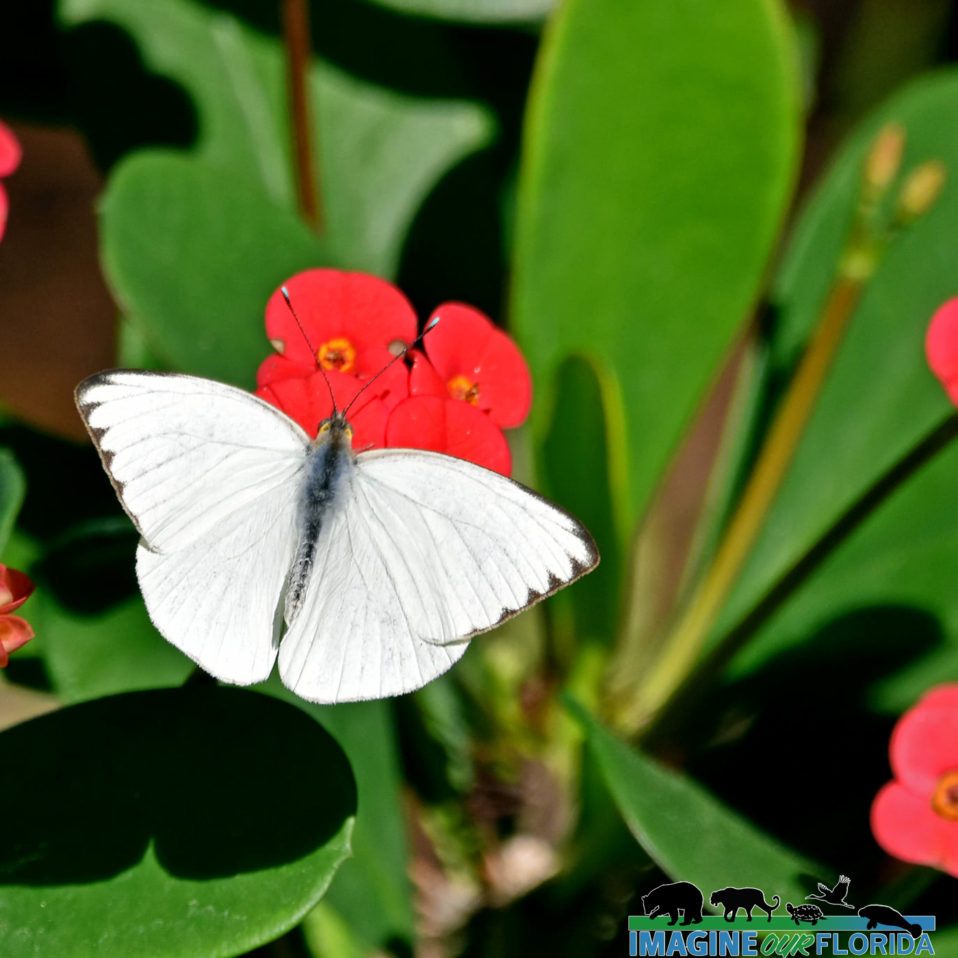
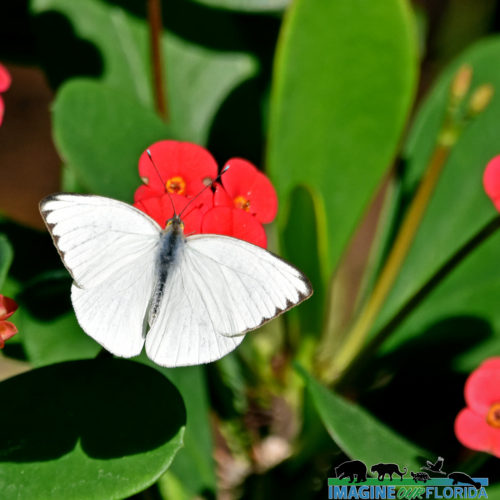
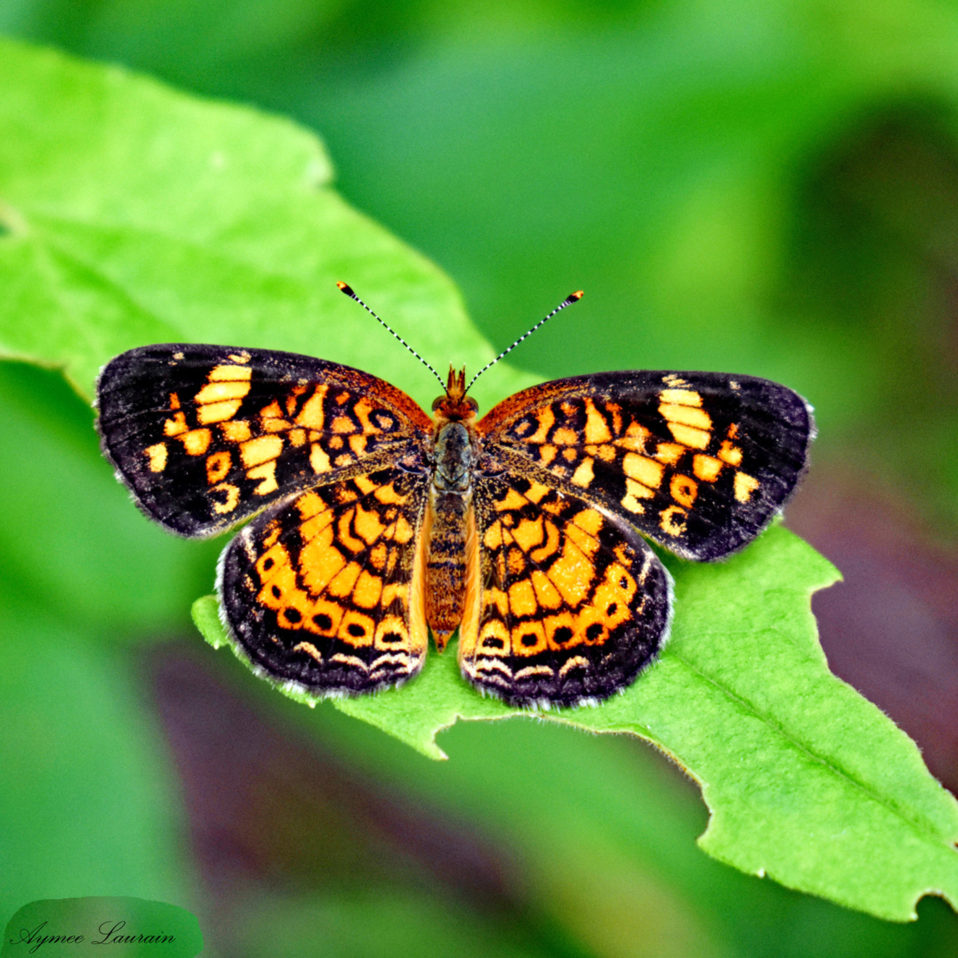
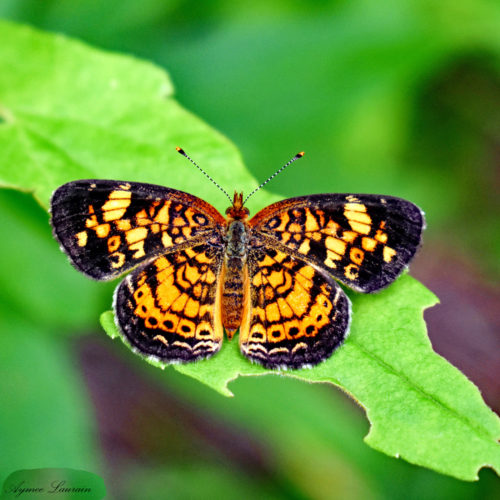
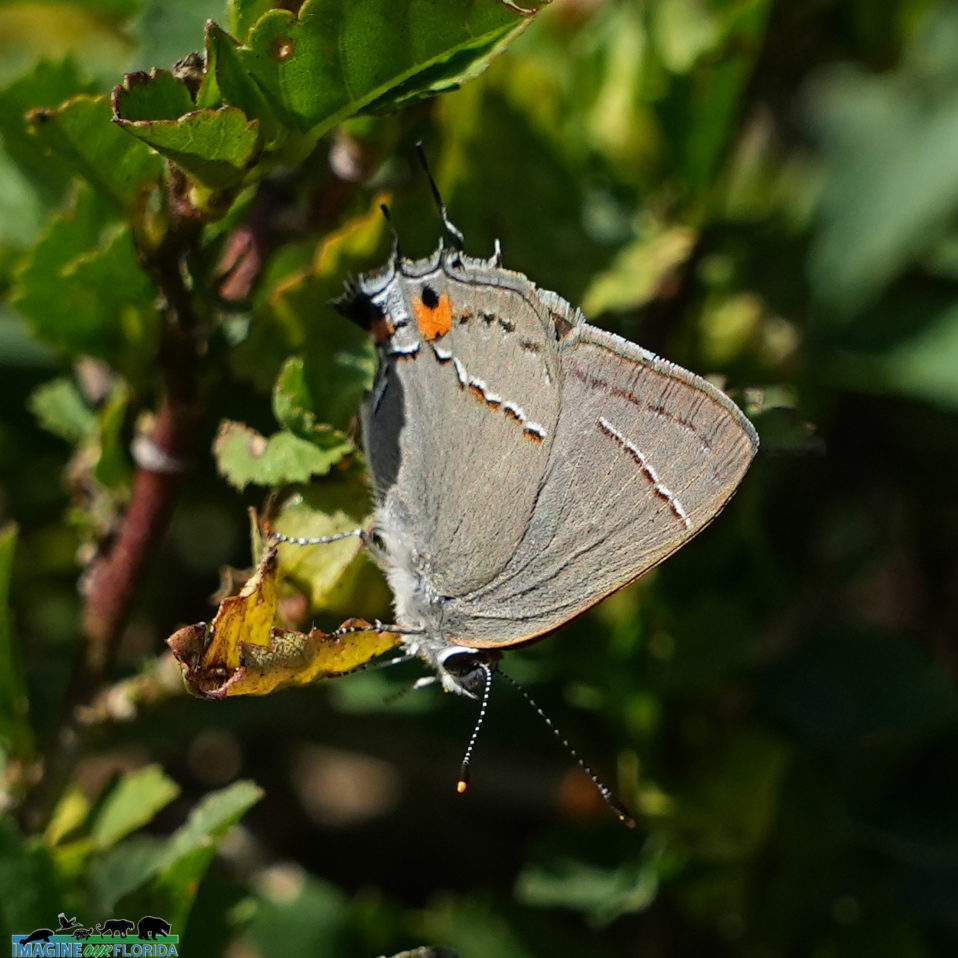
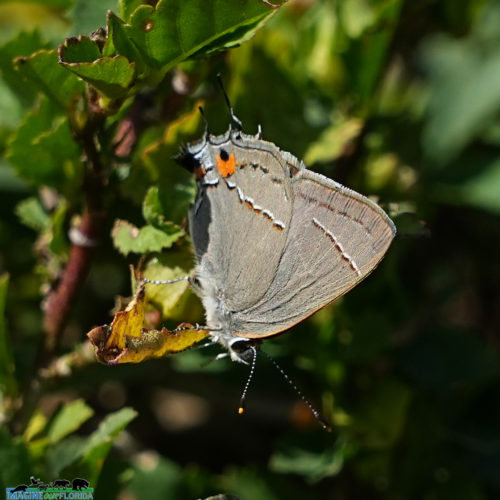
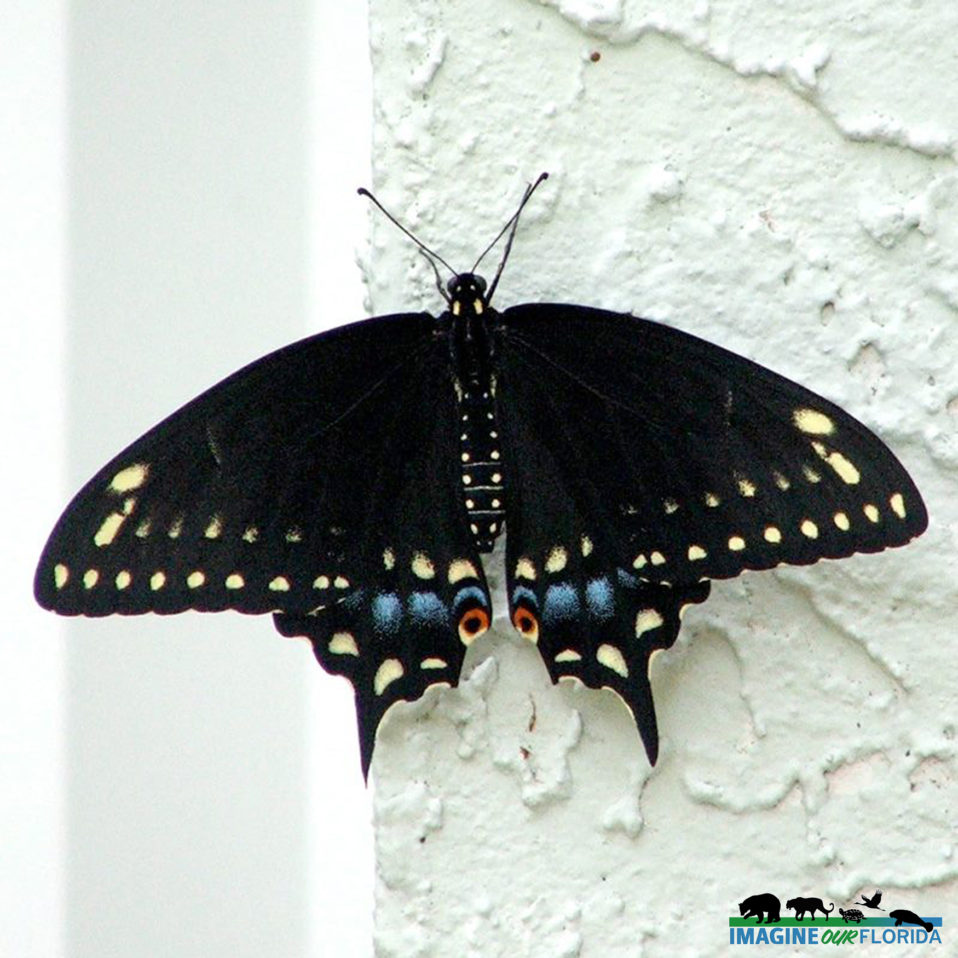
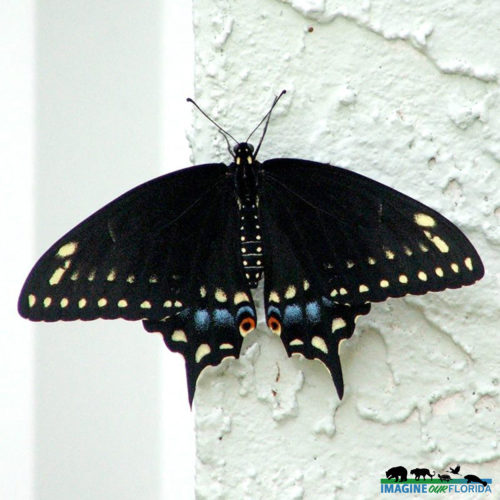
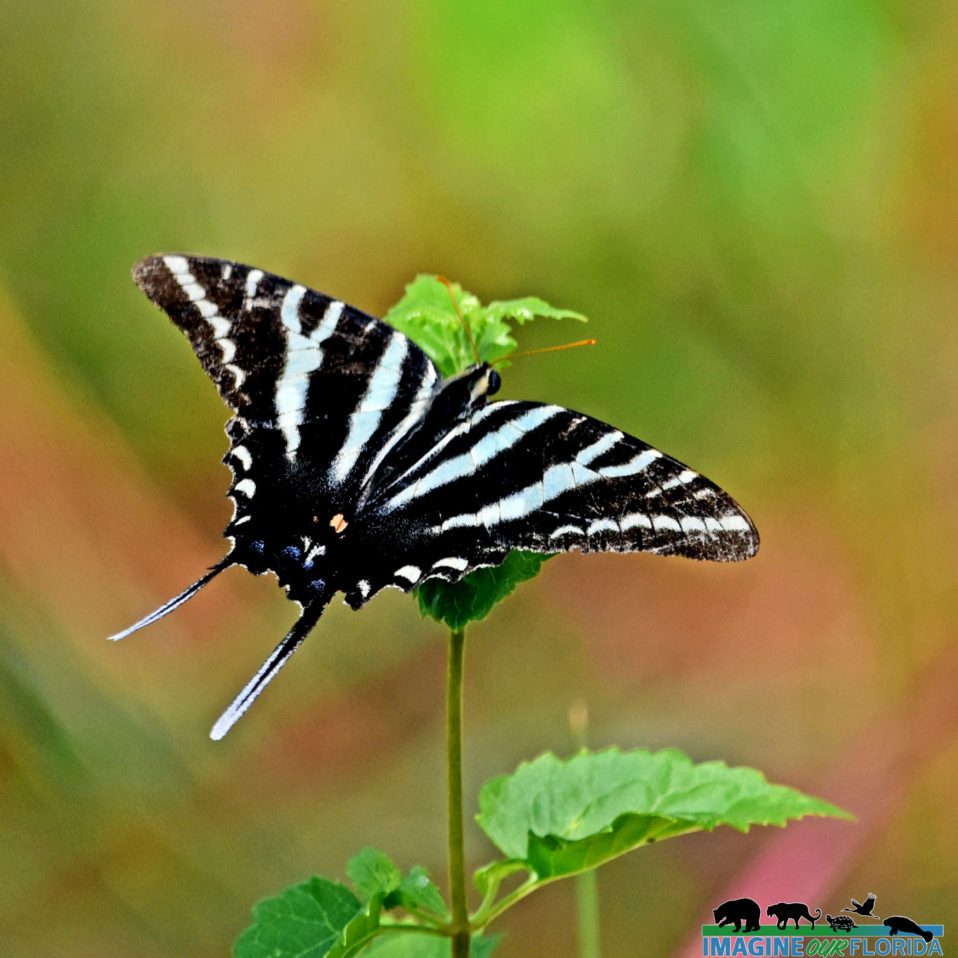
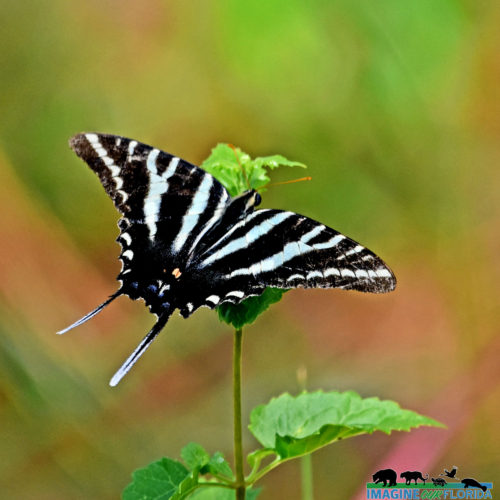
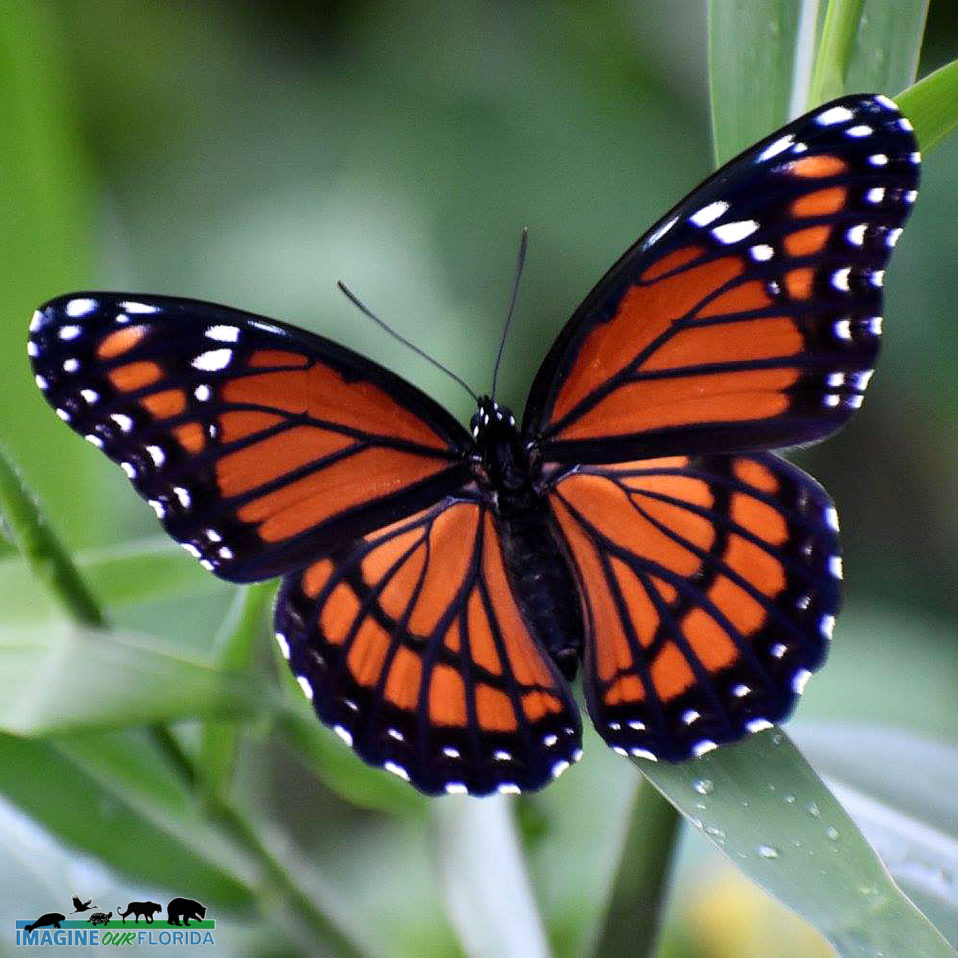
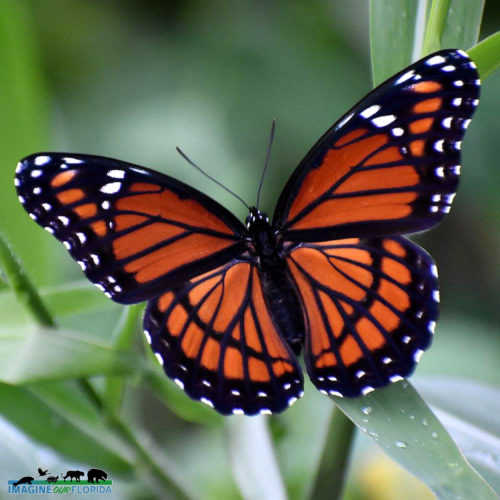
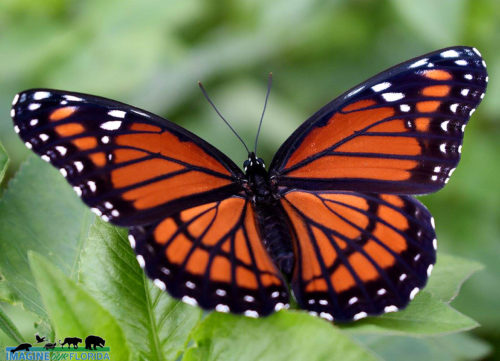
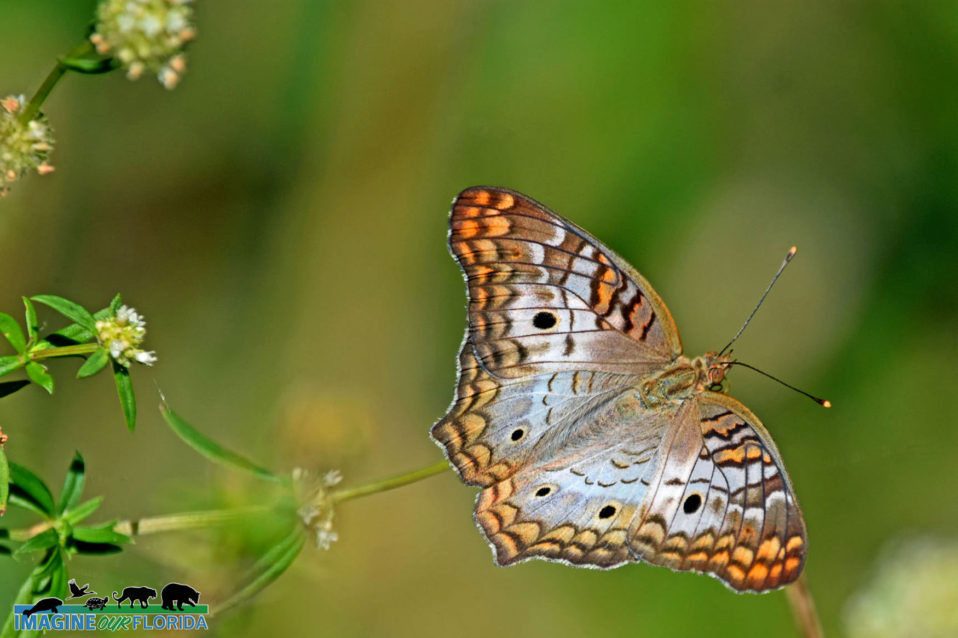
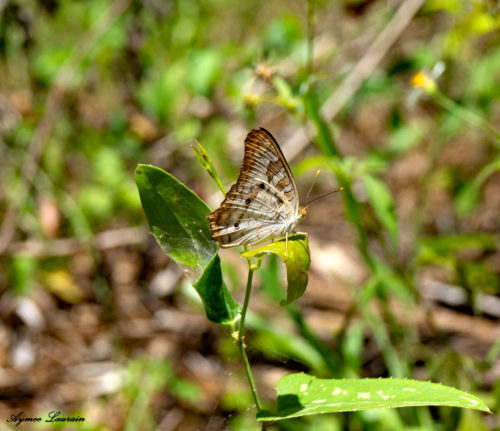
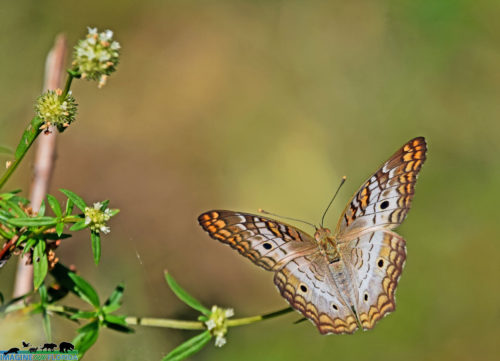
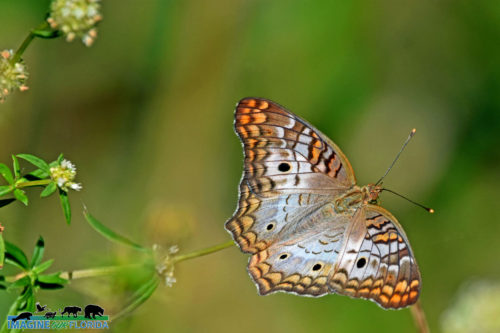
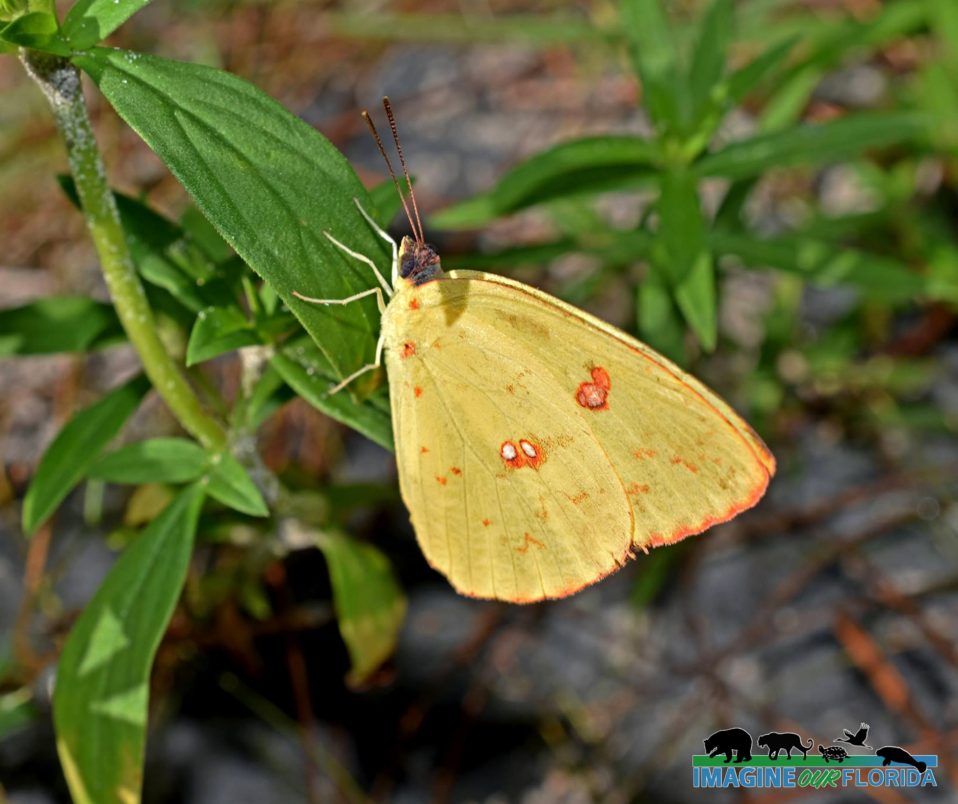
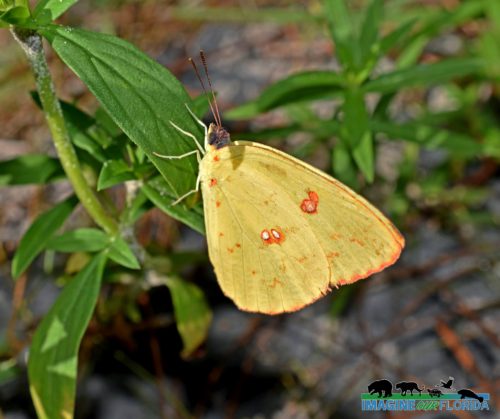
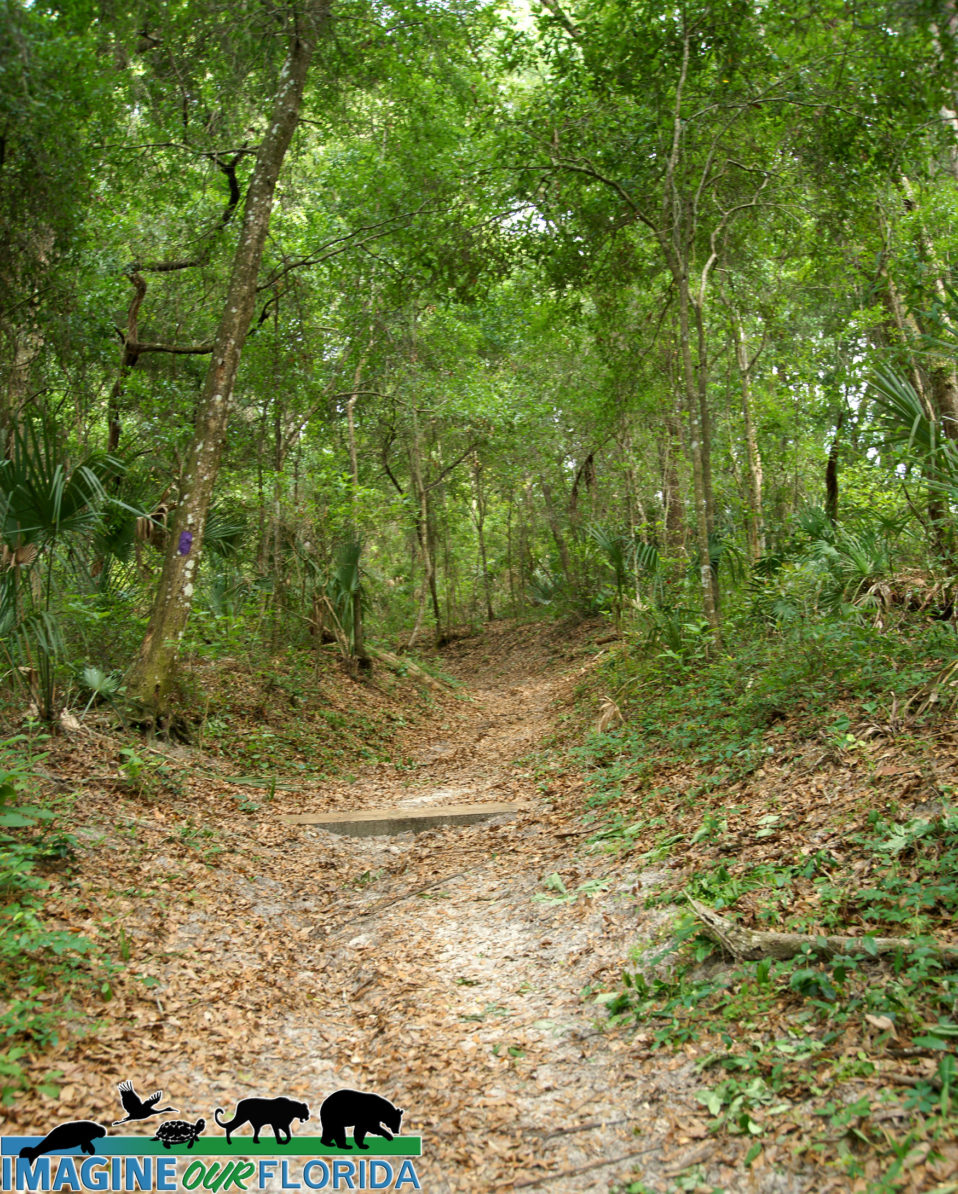
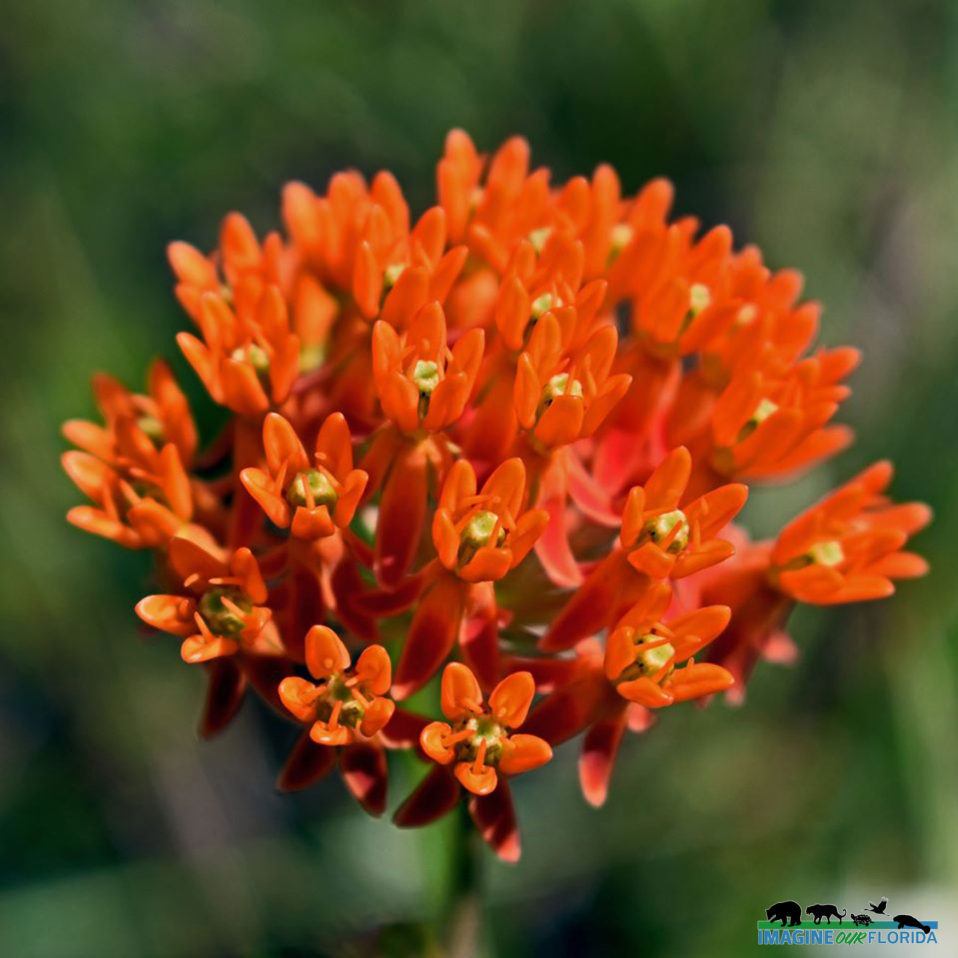
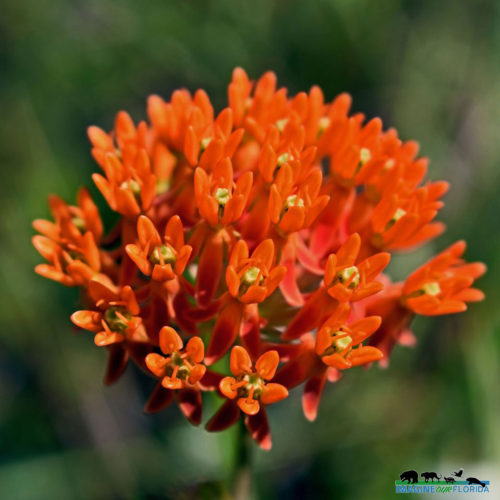
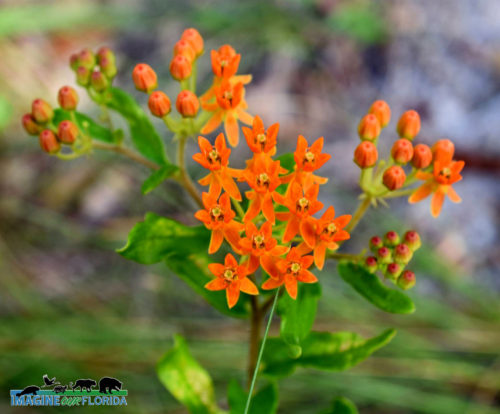
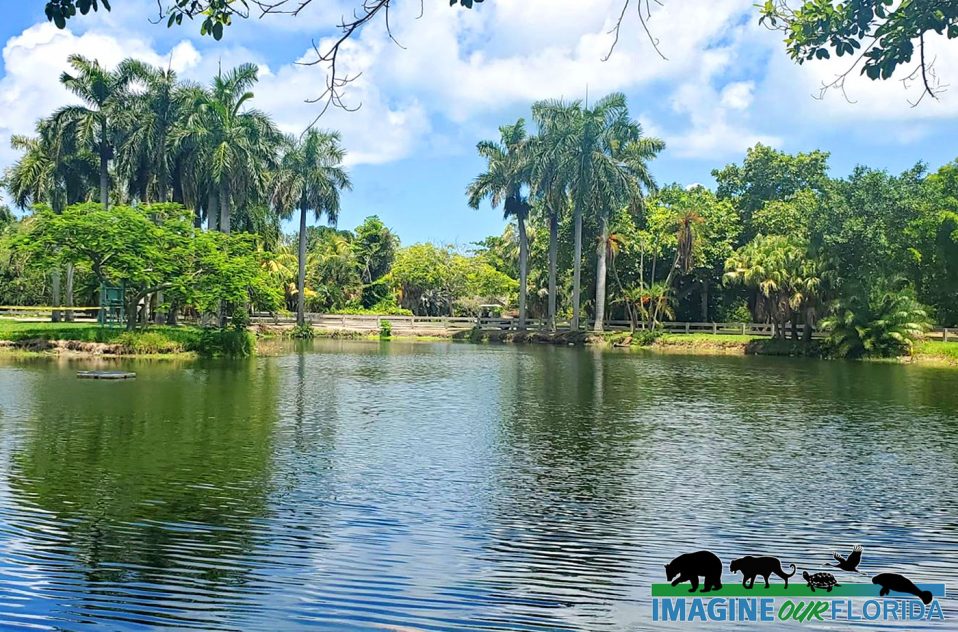
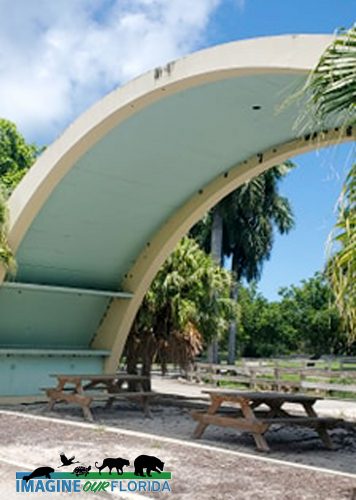
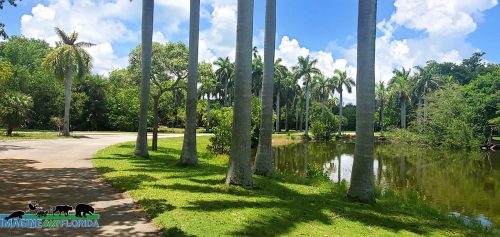
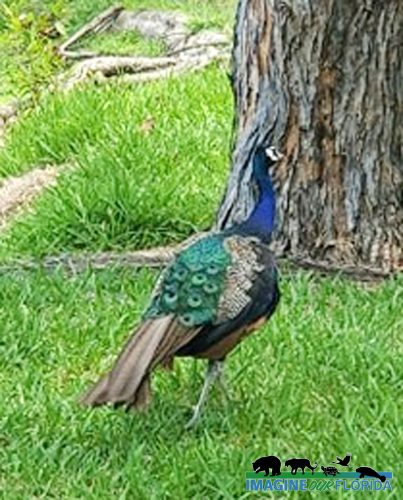
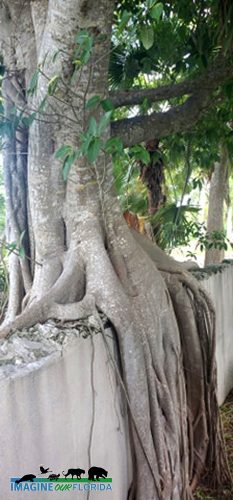
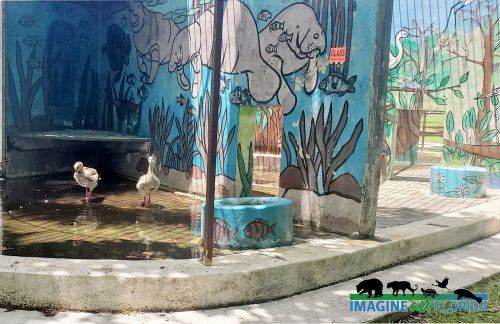

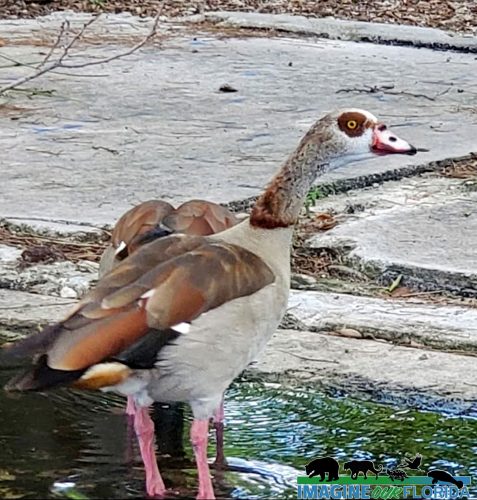

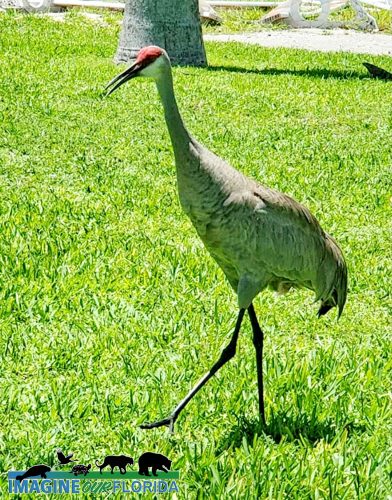
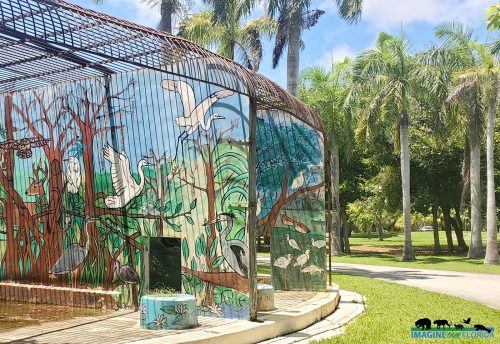

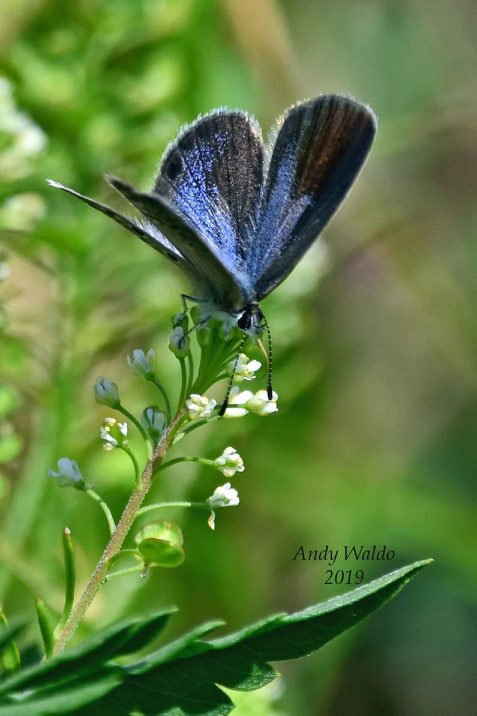
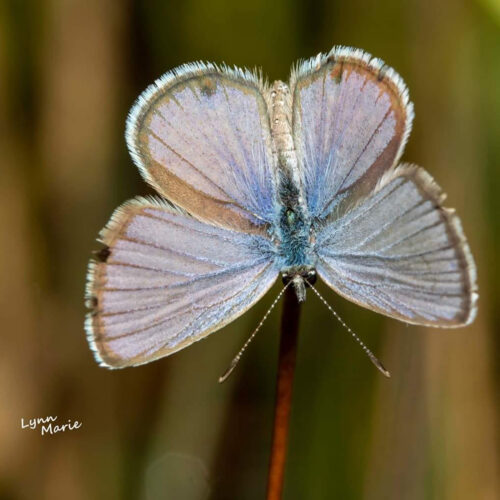
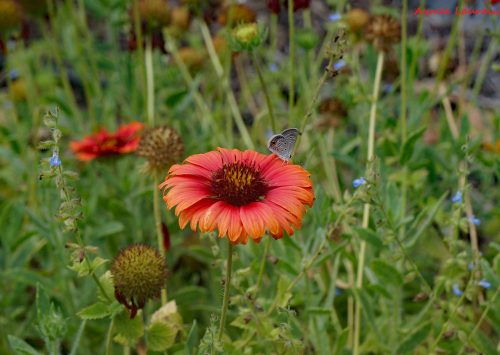
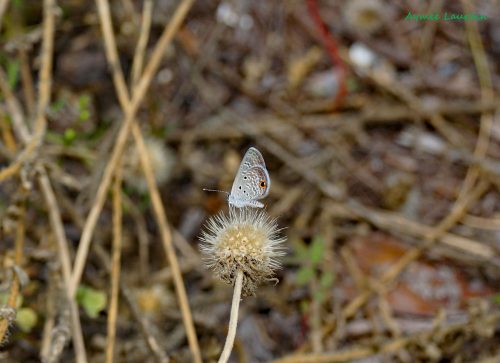
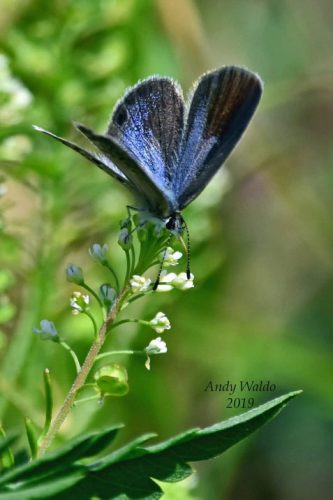
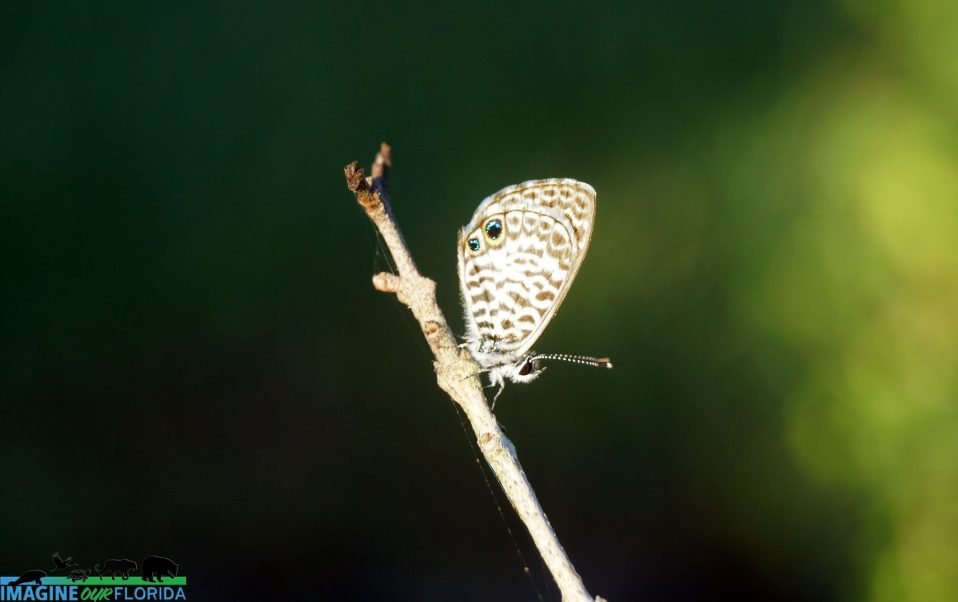
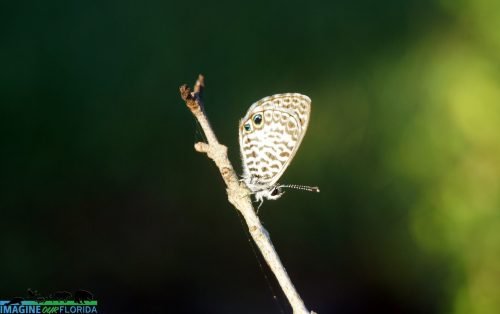
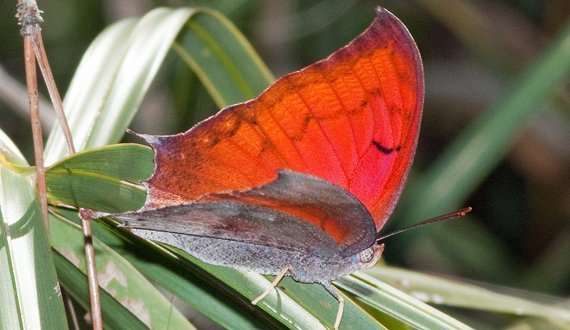
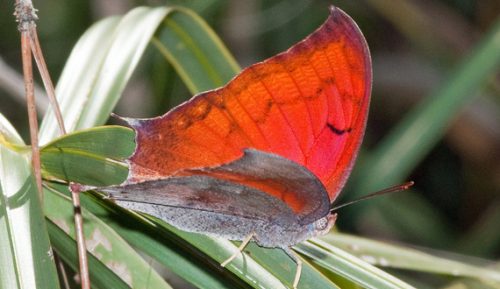
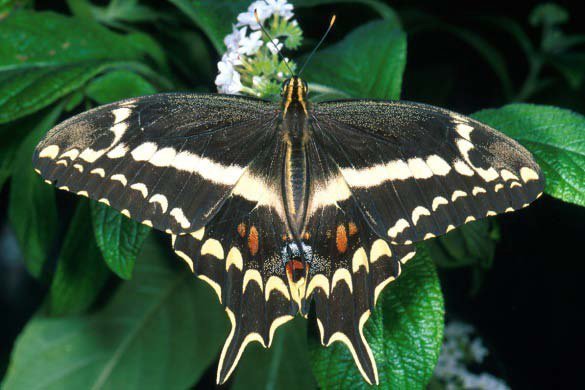
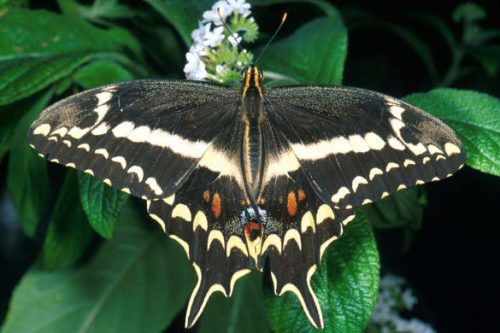
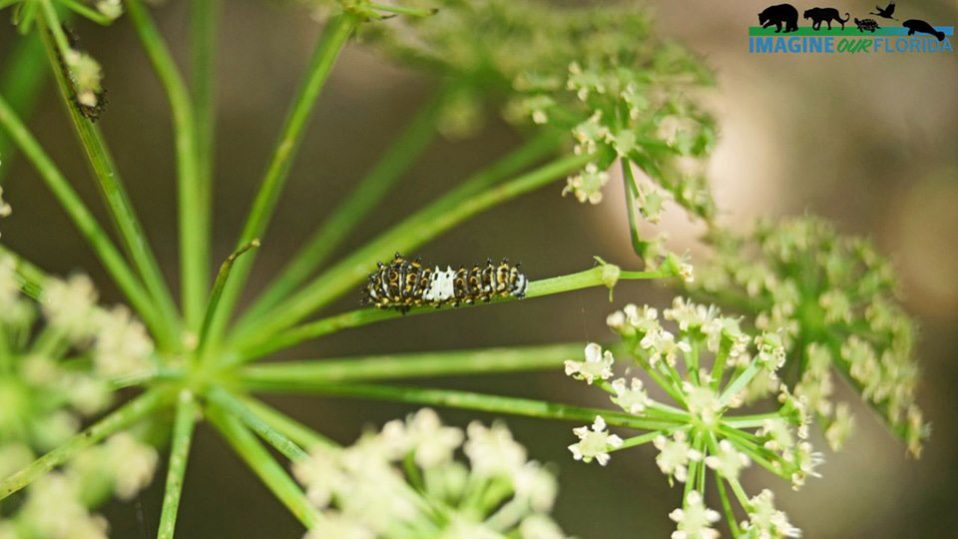
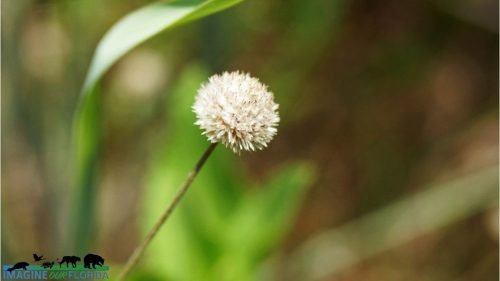
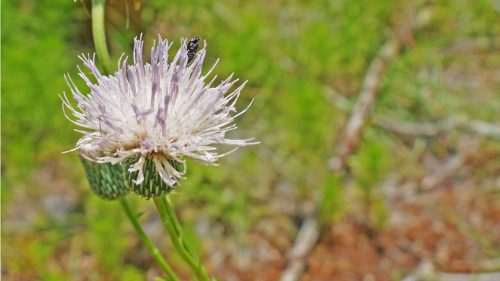
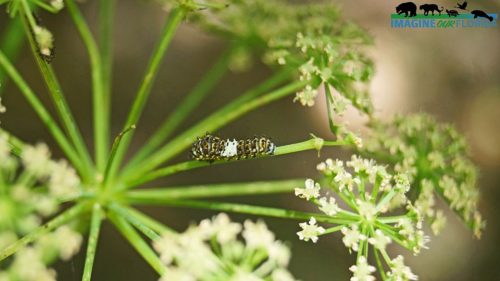
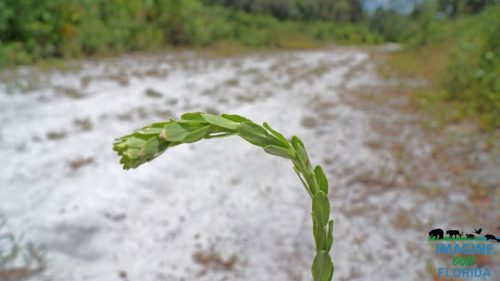
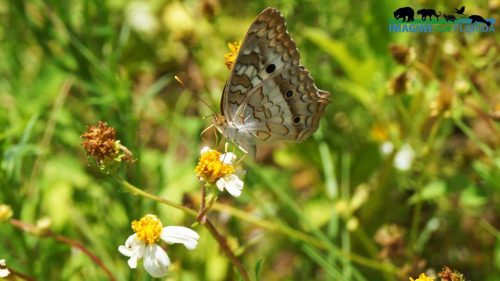
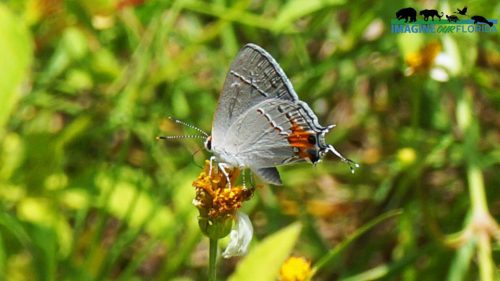
Recent Comments